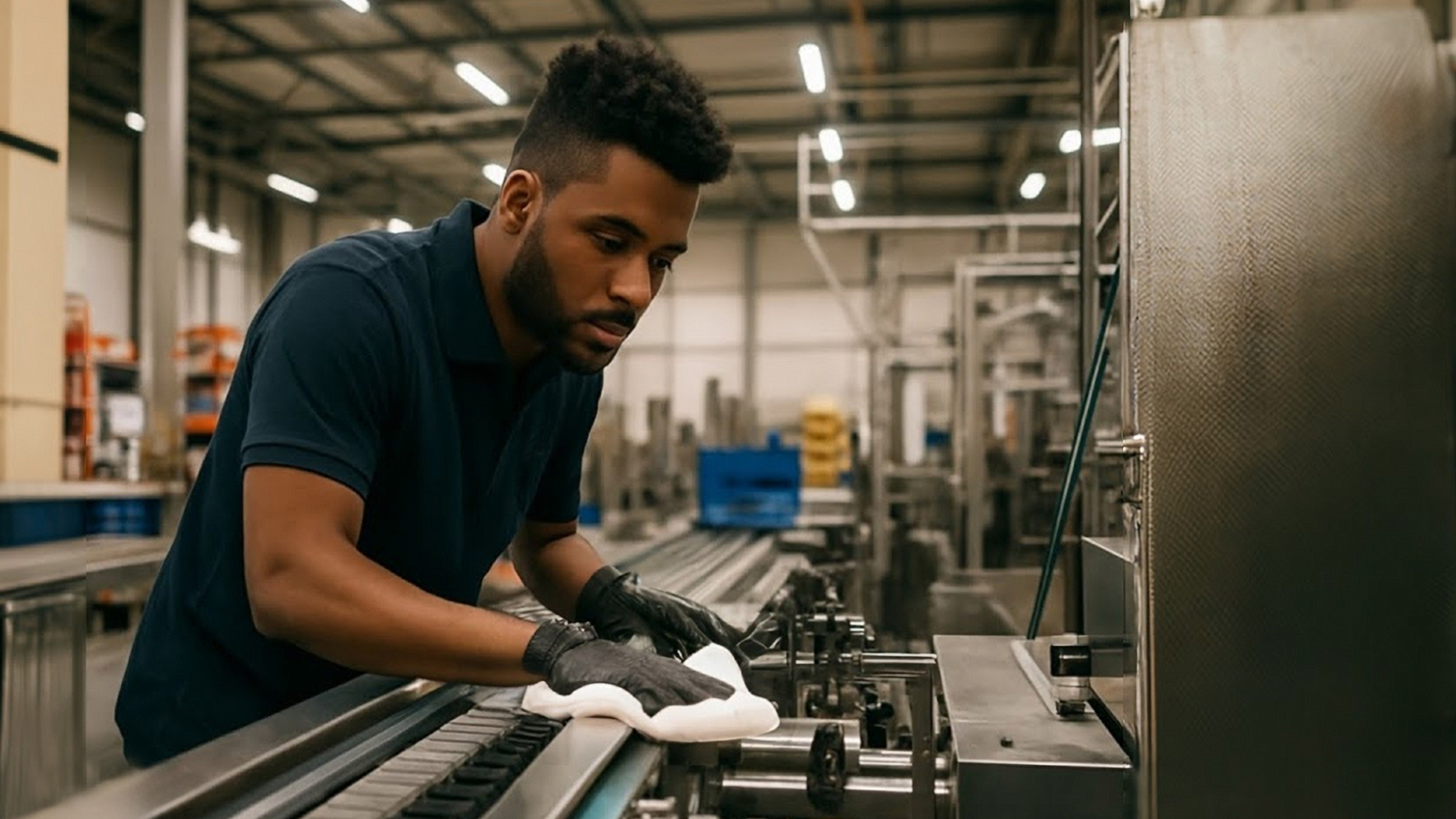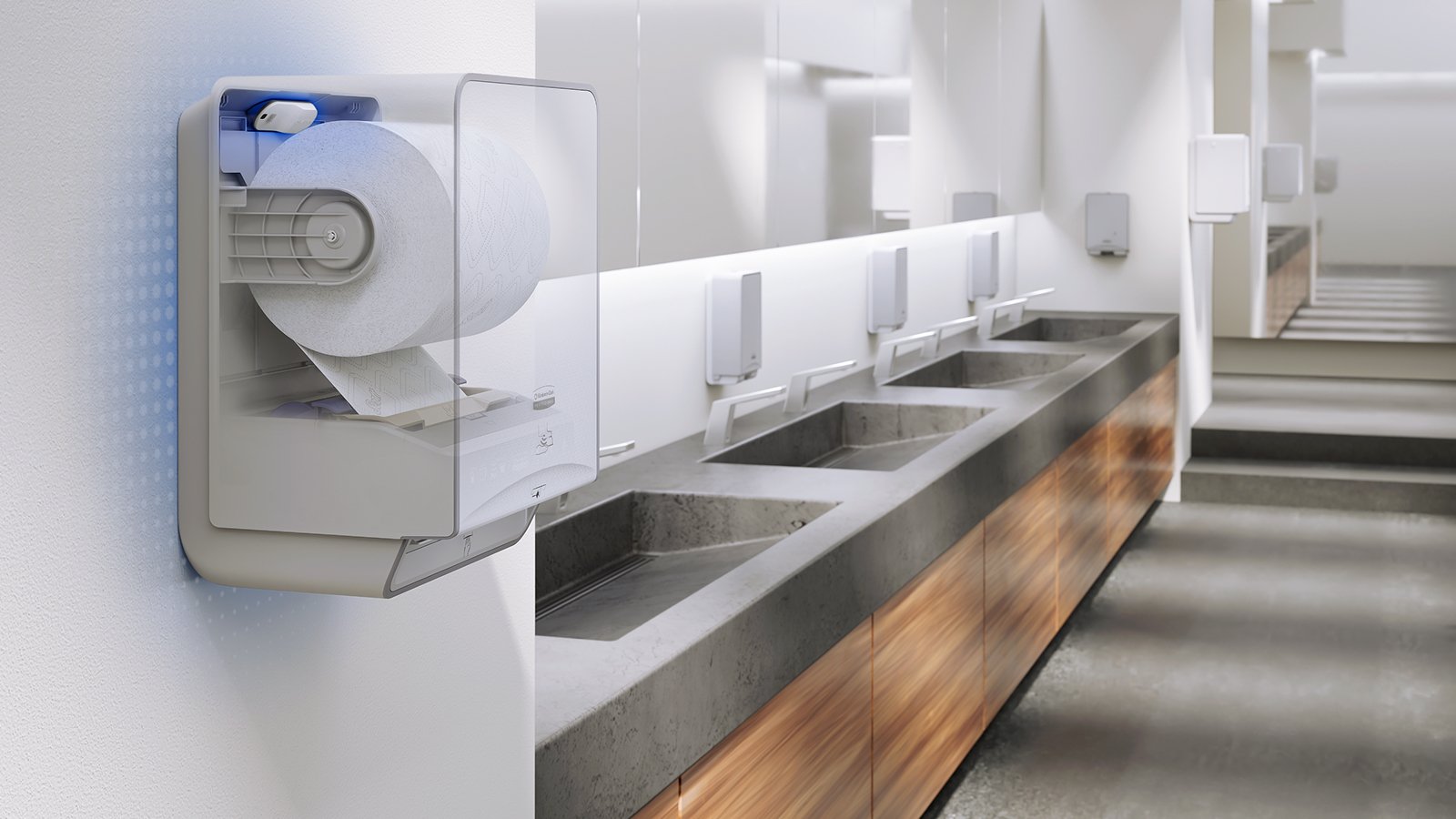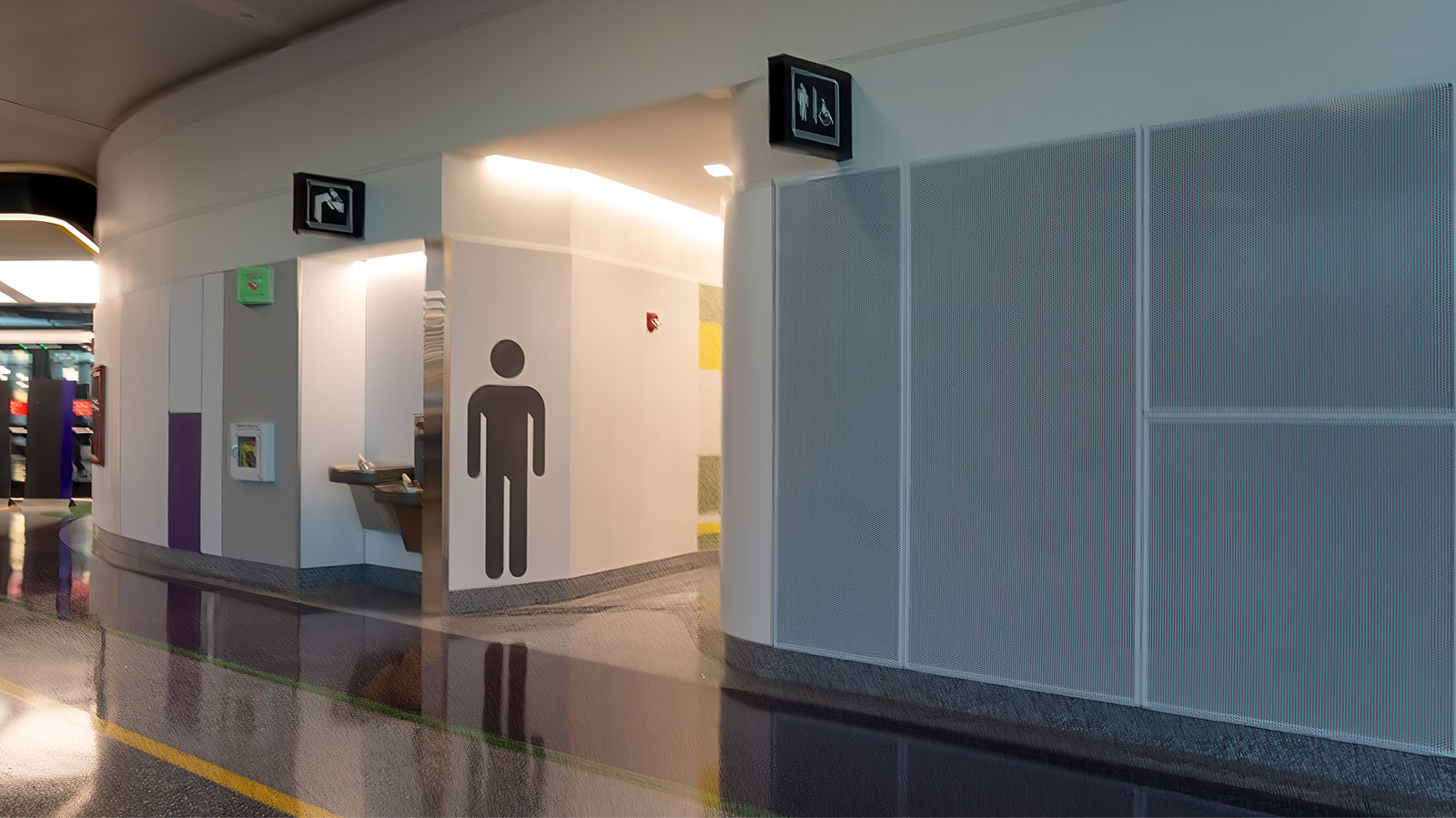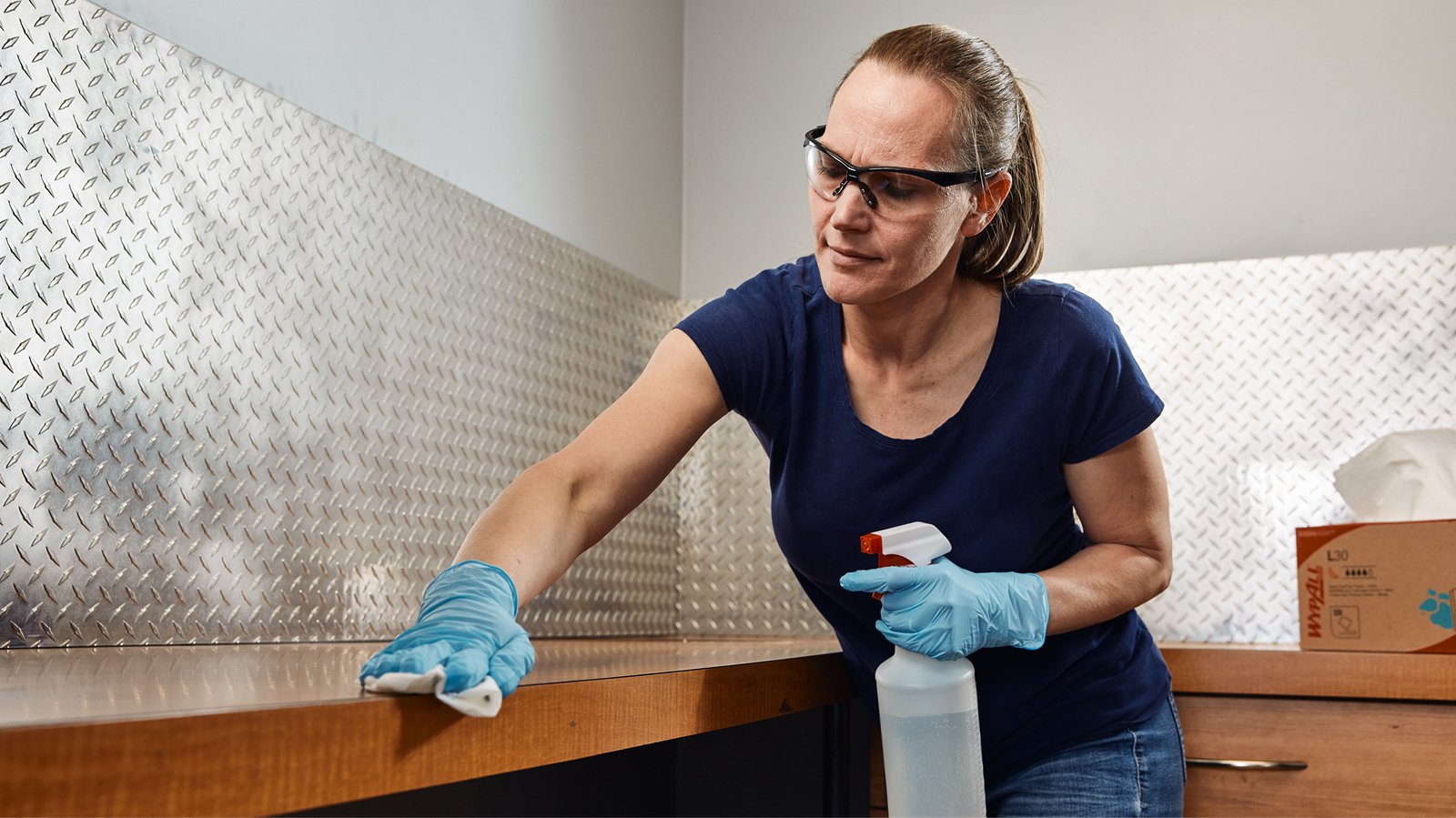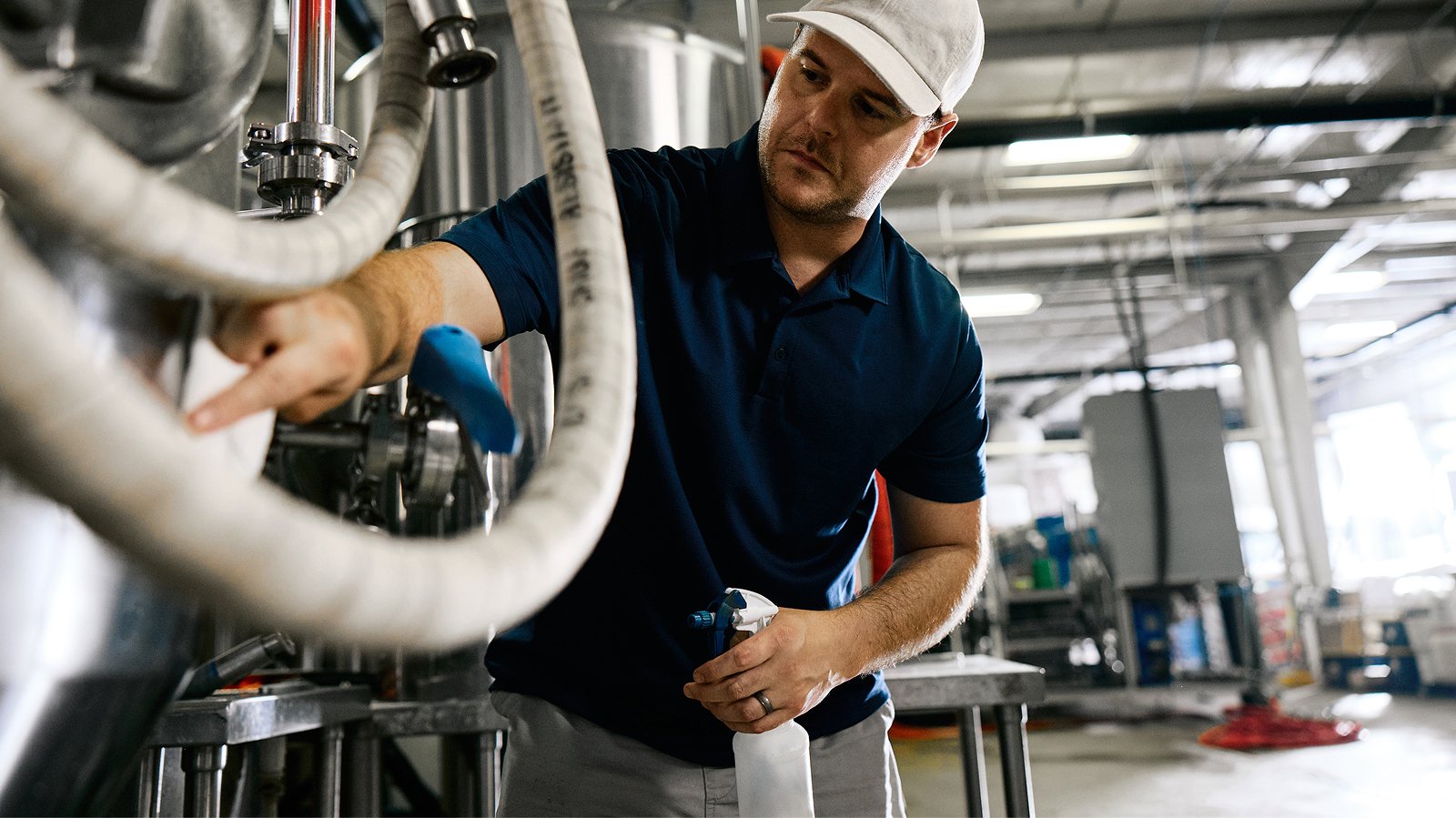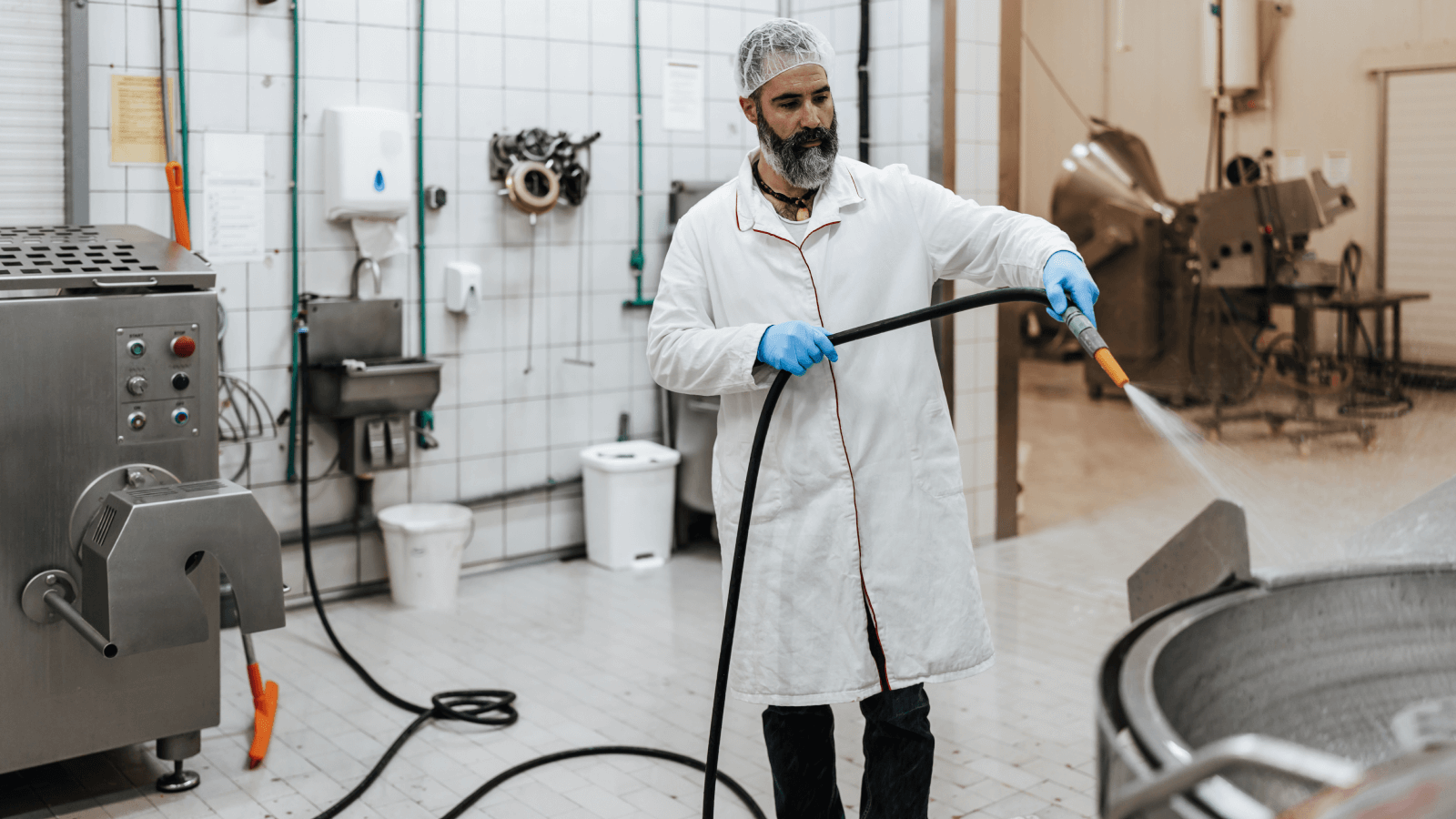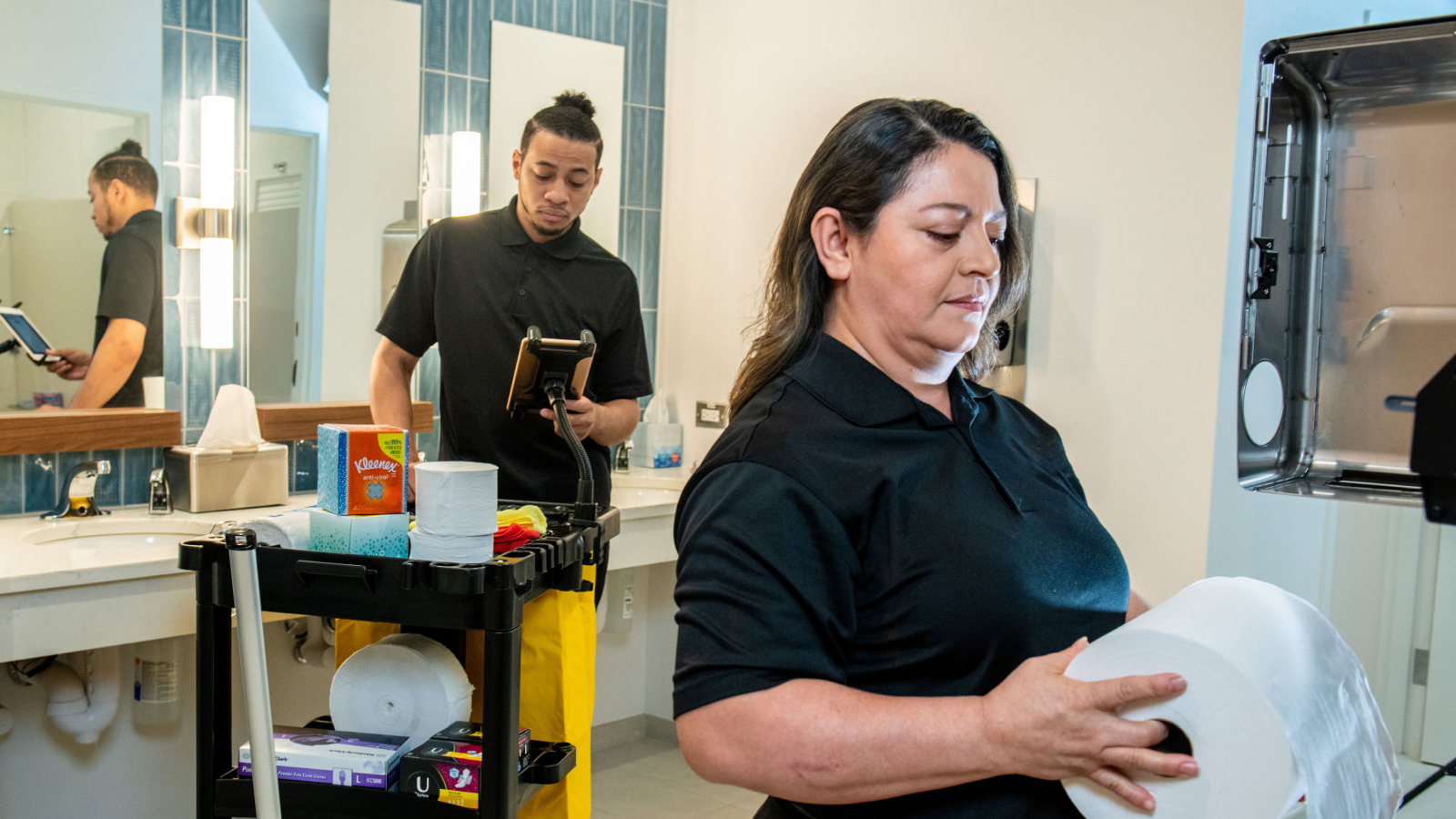Last Updated JULY 2023
Protecting Capital Investment for Manufacturers
Industrial manufacturers worldwide share concerns about the challenges affecting the global economy and their businesses, such as pricing, labor, supply chain and energy.
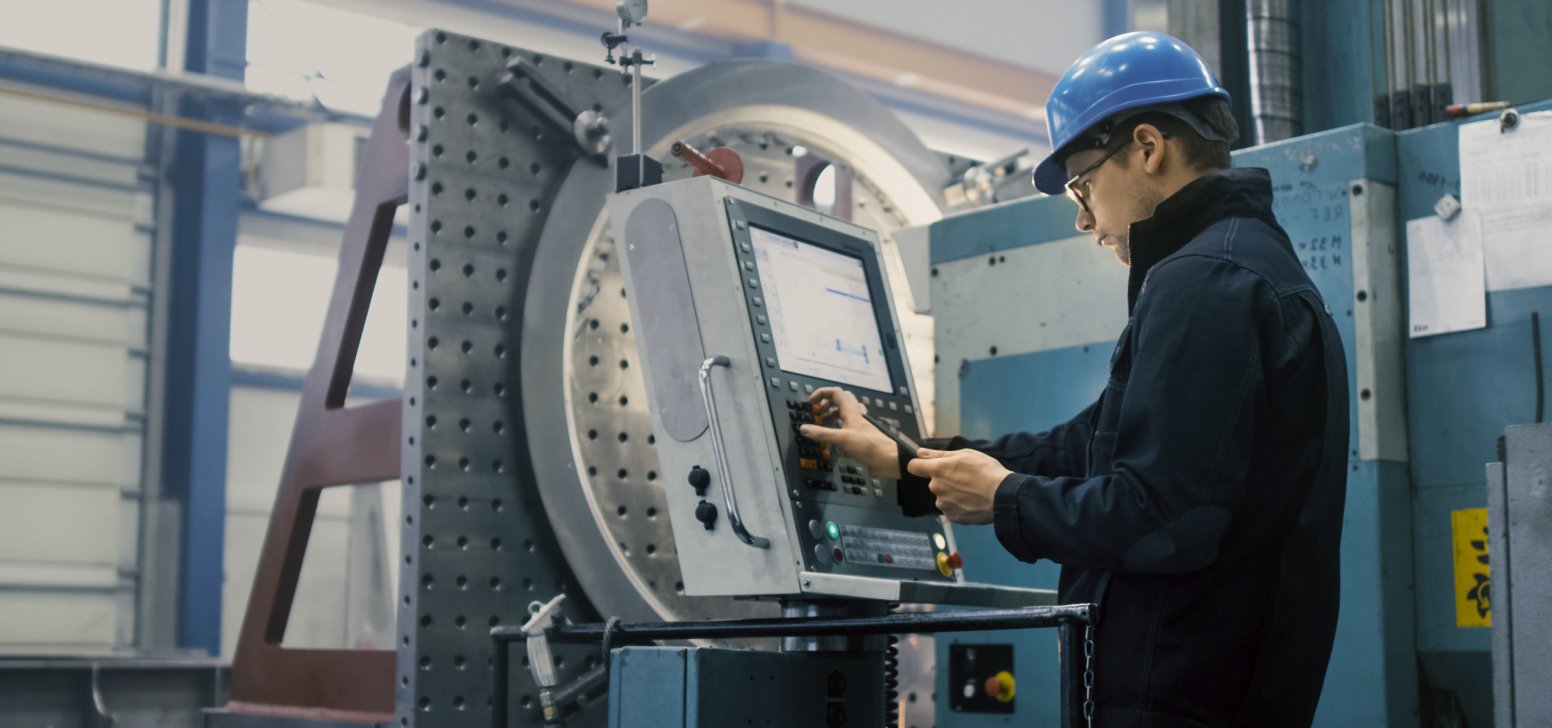
Although manufacturers are navigating near-term economic turbulence, their confidence in the future is unwavering as investing in capital equipment remains a priority.
For example:
In the United States
65%
of respondents to the National Association of Manufacturers’ Survey indicated that even in a recession, they plan to initiate capital spending on new equipment and technological investments.1
American manufacturers are anticipated to invest
$5.99B
U.S. dollars (approx. €5.37 Euros)
on new equipment in 2023.2
In the United Kingdom
40%
of small manufacturers
(10-249 employees)
33%
of large manufacturers
(1000+ employees)
plan to increase capital equipment investment in 2023.
While some manufacturers don’t have 2023 capital equipment spending plans,
23%
are targeting 2024 to make their investments. 3
Where planned downtime provides an opportunity to forecast the cost of stopping production, unplanned downtime can only be analyzed post-disruption and if accurate performance information is available.
While the outlook for industrial capital equipment spending is trending positively, opportunities still exist for manufacturers to better protect these high-cost investments.
Protecting your investment
Plant Services’ Machine Maintenance & Reliability Industry Survey results reveal a critical blind spot that currently exists among manufacturers when it comes to protecting their capital equipment investments.
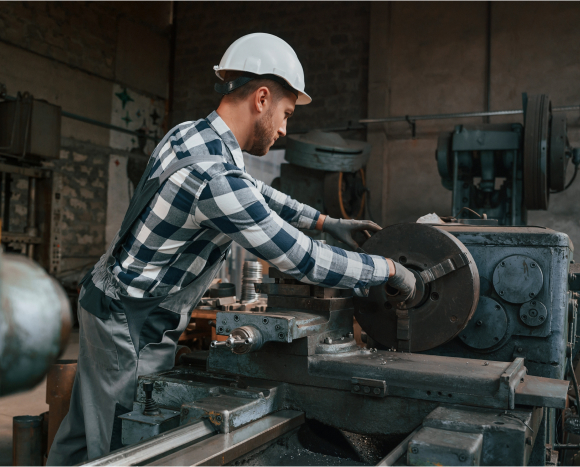
Of the 150 corporate and plant floor professionals from small to large-sized manufacturing companies surveyed,
ONLY
1/3
have the ability to visualize the real-time conditions of critical assets across all sites.4
Additionally, while most manufacturers (83%) utilize Preventive maintenance strategies to help safeguard their capital equipment investments, 46% rely on Reactive maintenance, the practice of running to assets to failure, within their facility. Only 26% of respondents rely on condition-based, Predictive maintenance to detect malfunctions and plan maintenance.
When spending on high-cost, productivity-driving equipment, identifying and implementing the right maintenance strategy to support its long-term, useful life is as important as making the right capital investment for the business.
With the right maintenance strategy in place, manufacturers can mitigate major risks to productivity and revenue growth, such as unplanned downtime, long-lead time to acquire replacement parts and expensive, repair-related labor costs.
However, deciding which maintenance strategy aligns with the right purpose for manufacturers is still a widely debated and discussed decision.
As a global manufacturer and supplier of maintenance-enhancing industrial cleaning wipes, we’ve offered our perspective on the importance of selecting the right industrial manufacturing maintenance strategy in our new eBook: Predictive, Preventive or Maintenance: Is your strategy aligned with the right purpose?
Download your copy today to learn why utilizing the right maintenance strategy is critical to protecting your long-term capital equipment investment.
Download Now
1 NAM Manufacturers’ Outlook Survey: Fourth Quarter 2022, https://www.nam.org/2022-fourth-quarter-manufacturers-outlook-survey
2 Capital Spending Survey 2022: Assemblers Continue to Invest, https://www.assemblymag.com/articles/97486-capital-spending-survey-2022-assemblers-continue-to-invest
3MakeUK.org Executive Survey 2023: Cost, Competitiveness and Confidence: https://www.makeuk.org/insights/reports/executive-survey-2023-cost-competitiveness-and-confidence
4Plant Services Report, Machine Health is Business Health, https://info.augury.com/Plant-Services-Report-LP-B.html











